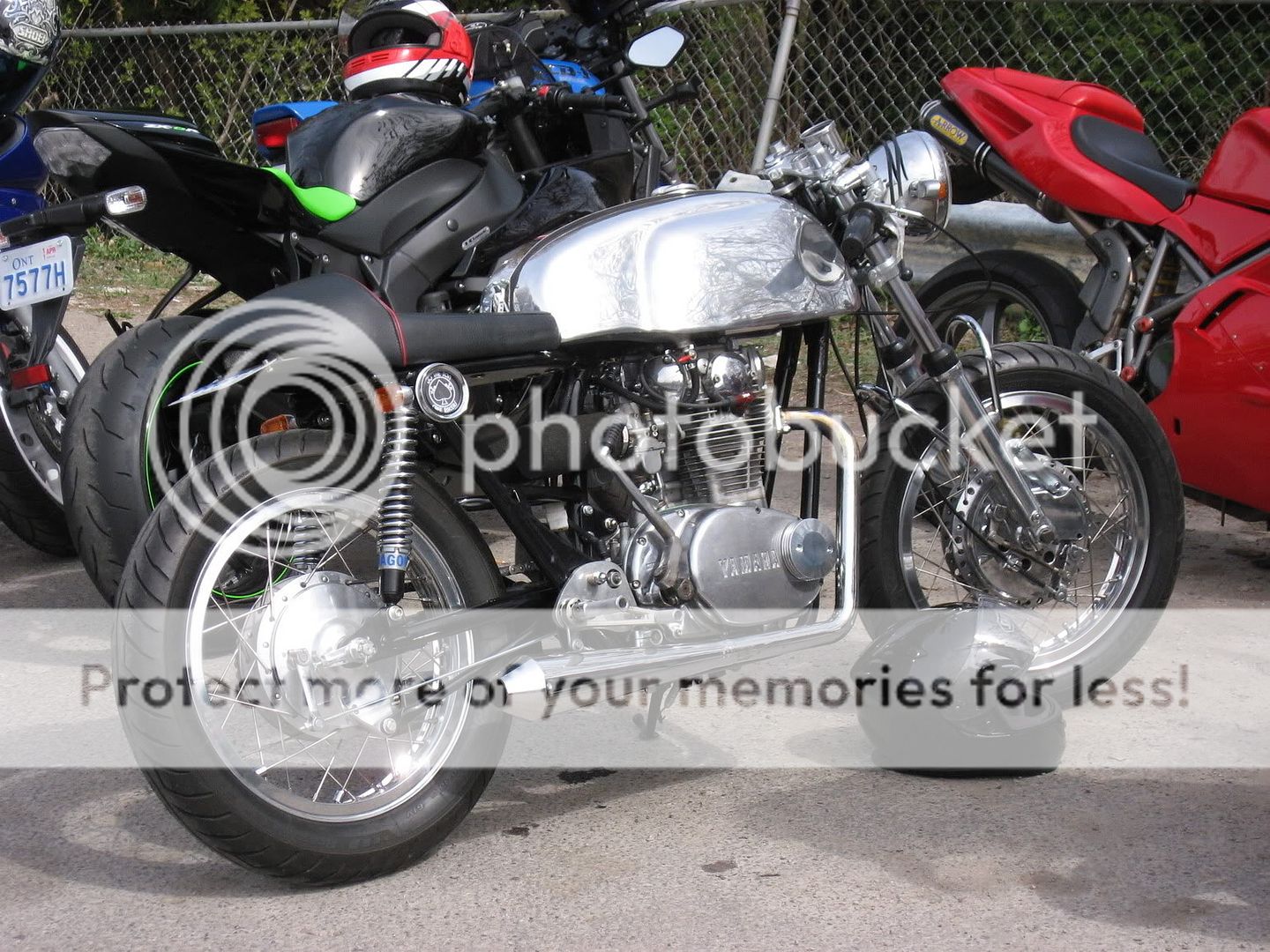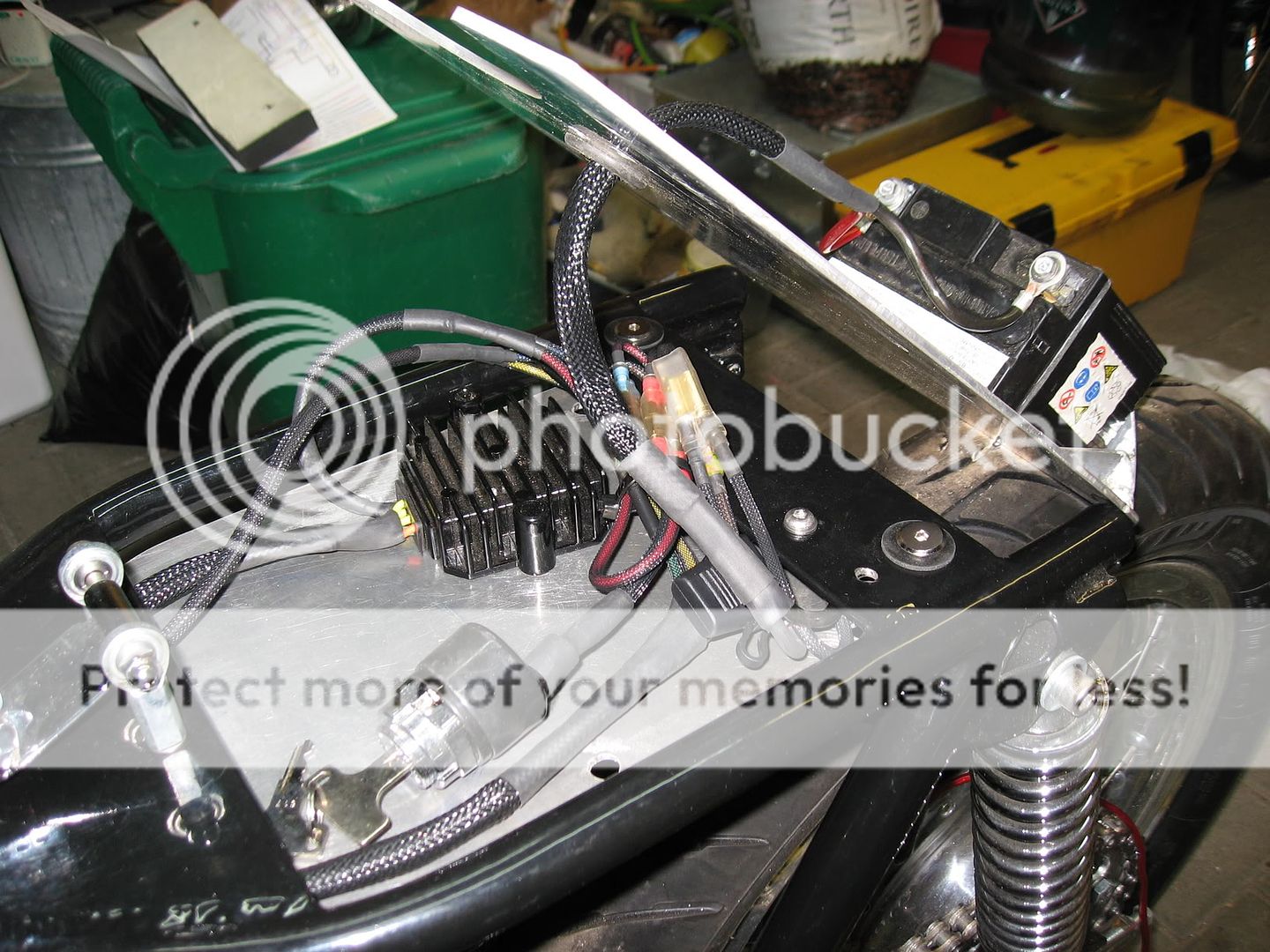the real problem with a permanent magnet alternator is that the system is voltage regulated only, not current regulated. The alternator ALWAYS puts out the maximum current it can. the regulator only shorts to ground when the voltage is over 14.5v to 15.5v depending on the regulator.
A field excited regulator actually has the output of the alternator regulated, so as the load goes down, so does thevoltage and available current.
So when you strip all the lights off your Cafe Racer, (go LED Say) your PM alternator actually has excess capacity. If the load from the battery charging keeps the voltage below 14.5, the entire excess current goes to the battery. So an 11 amp system, with 5 amps going to lights, maybe 3 amps to ignition, has 4 amps available for battery charging. And as long as the voltage stays below 14.5, all the current is absorbed by the battery. A 3.5 AH battery should receive, at best 0.4 amps of charging, not 4 amps . So if your battery is a little low, the PM Alternator is charging at 3-4 amps until the battery voltage is higher. this high rate charging quickly deteriorates the battery.
This is why the Original system had either 2 sets of coils, so it wouldn't overcharge if the lights were off, or they increased the light load to be fairly constant and allowed foil coil pairs on all the time.
The permanent Magnet Alternator is in a balanced system. Output is designed to be almost exactly load. So if you jump the coil pairs together, then reduce the load, you have heavily unbalanced the system on the excess capacity side, which is then absorbed by the battery most of the time.








